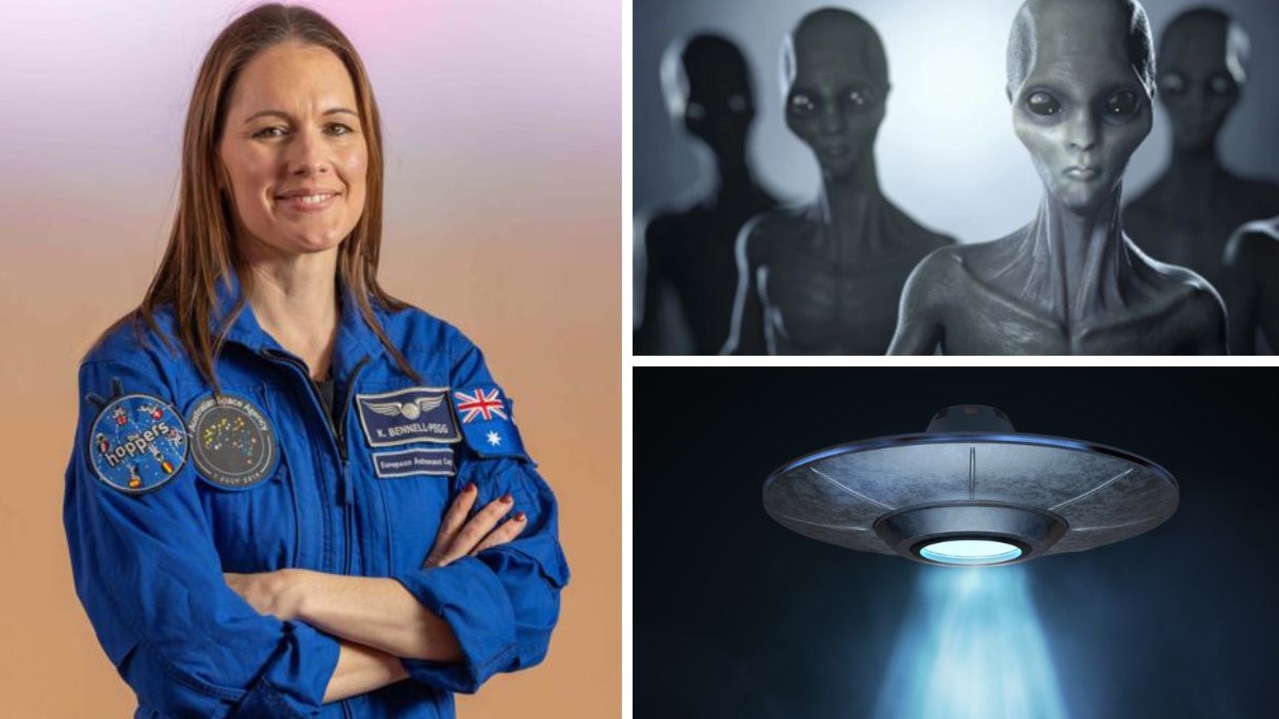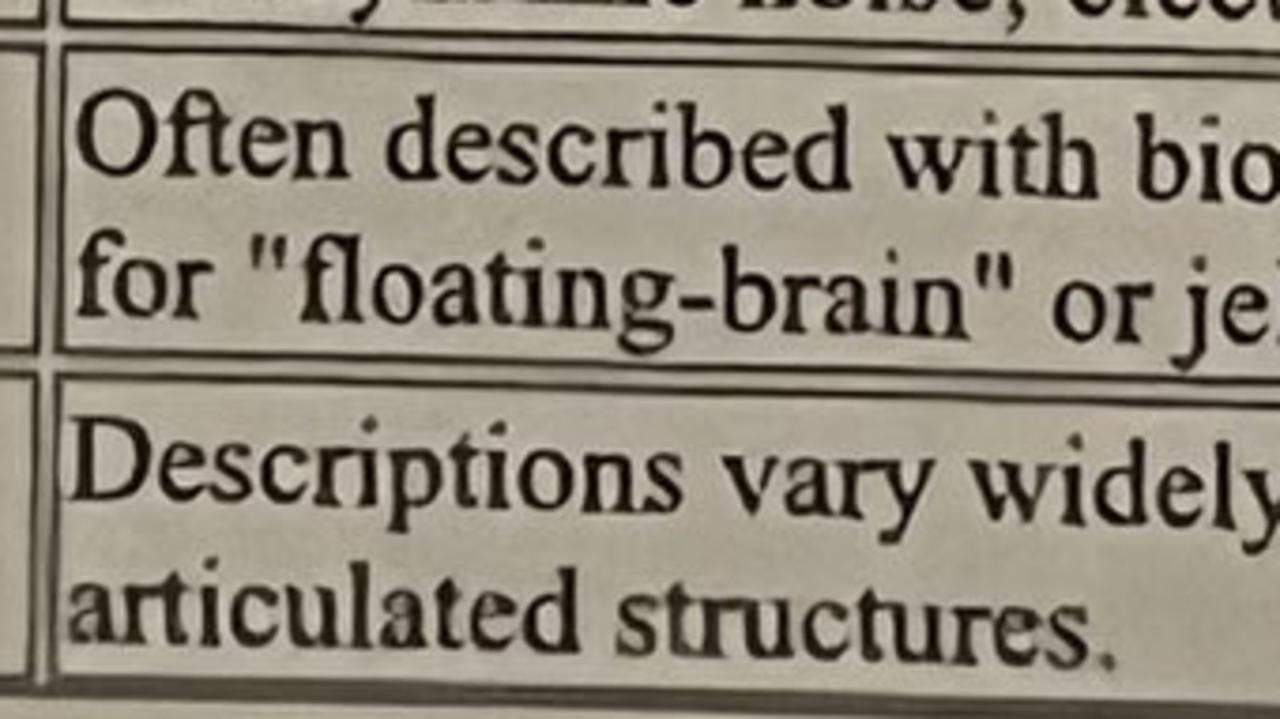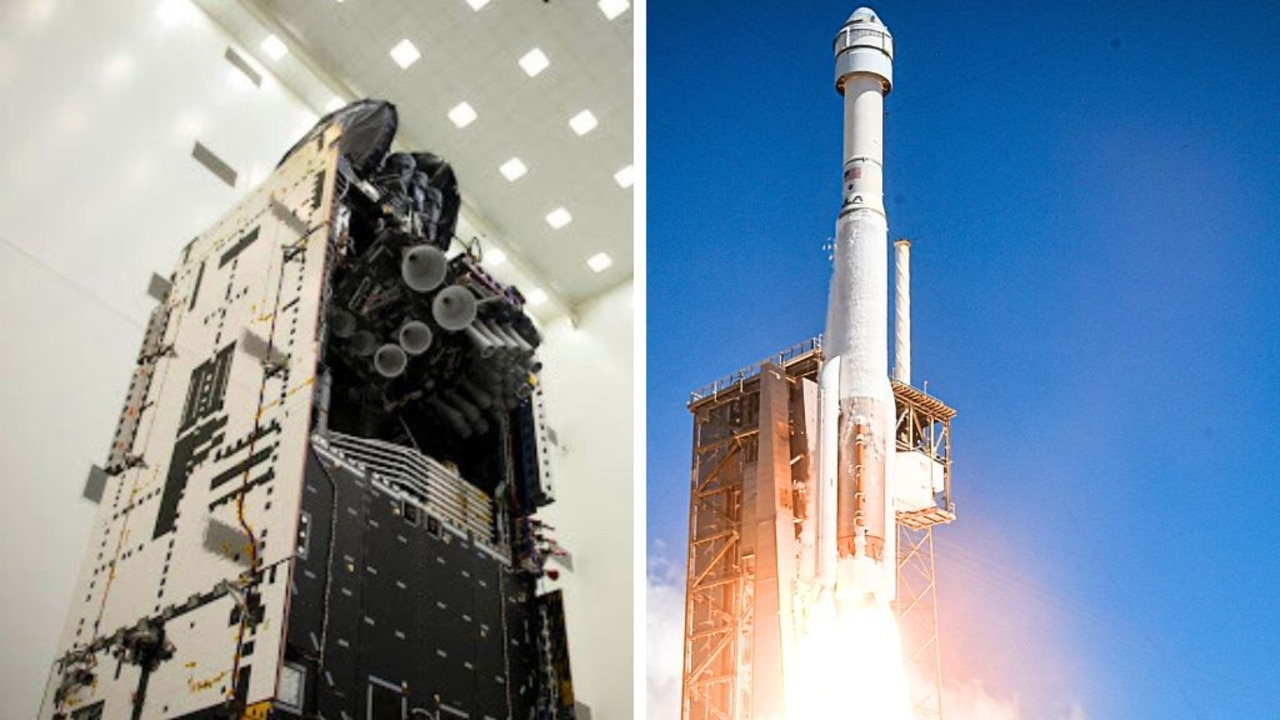Hubble's Christmas gift: A pulsing gossamer wreath of stars and gas
WATCH: It's Hubble's sparkling Christmas gift: A wreath of stars and a gossamer whirl of gas. Almost a quarter of a century on, the space telescope just keeps on giving.
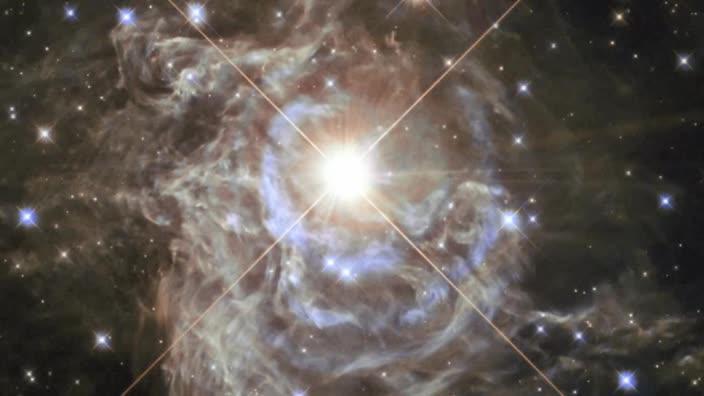
IT'S Hubble's sparkling Christmas gift: A wreath of dozens of stars and a gossamer whirl of gas. Almost a quarter of a century on, the space telescope just keeps on giving.
It's a delicate ripple of light around the gossamer ring - a reflection of starlight on dust clouds captured by Hubble over a period of five weeks.
The star, named RS Puppis, 10 times bigger than our sun, is surrounded by thick, dark clouds of gas and dust known as a nebula.
"For most of its life, a star is pretty stable, slowly consuming the fuel at its core to keep it shining brightly," NASA explained.
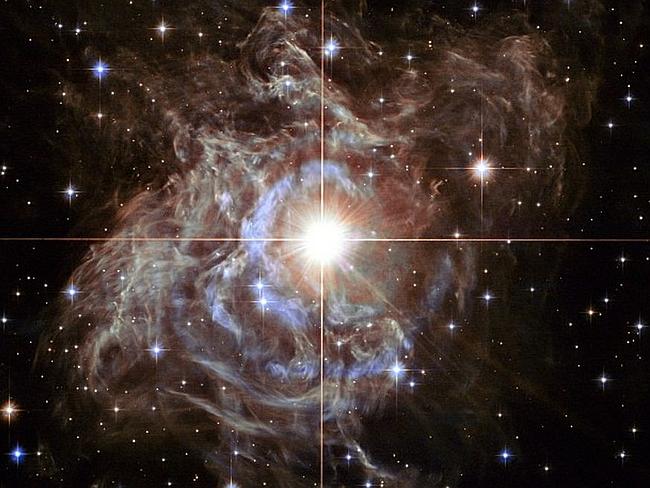
"However, once most of the hydrogen that stars use as fuel has been consumed, some stars evolve into very different beasts - pulsating stars. They become unstable, expanding and shrinking over a number of days or weeks and growing brighter and dimmer as they do so."
"The apparent motion shown in these Hubble observations is an example of a phenomenon known as a light echo," the agency said. "The dusty environment around RS Puppis enables this effect to be shown with stunning clarity. As the star expands and brightens, we see some of the light after it is reflected from progressively more distant shells of dust and gas surrounding the star, creating the illusion of gas moving outwards."
It's just the latest of Hubble's many extraordinary visual gifts.
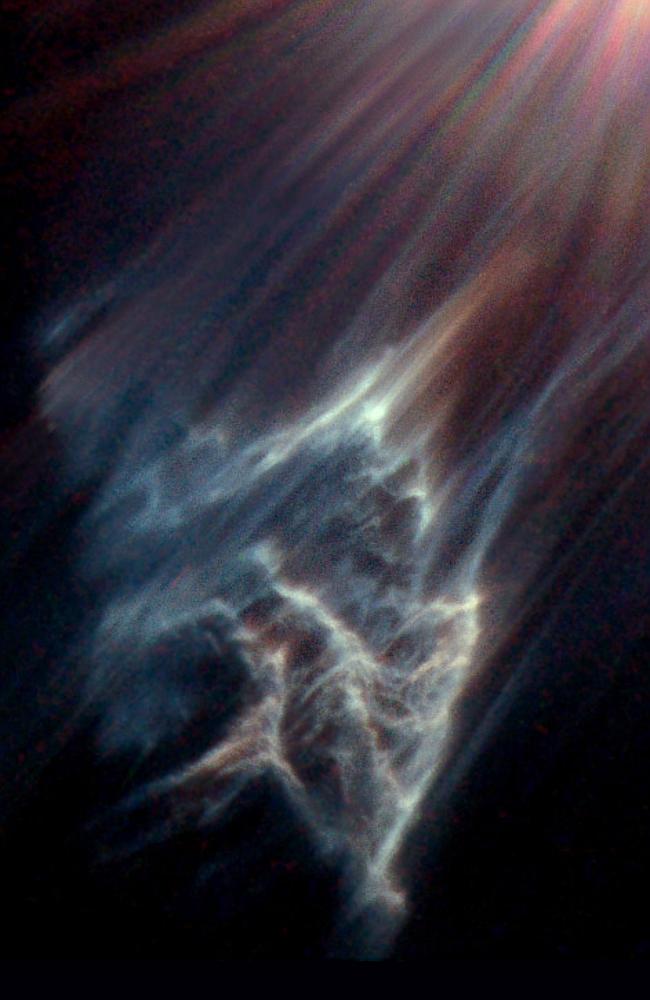
Launched in April 1990, the venture at first appeared to be a colossal failure. It had been sent into orbit with a defective lens - giving it a blurry view.
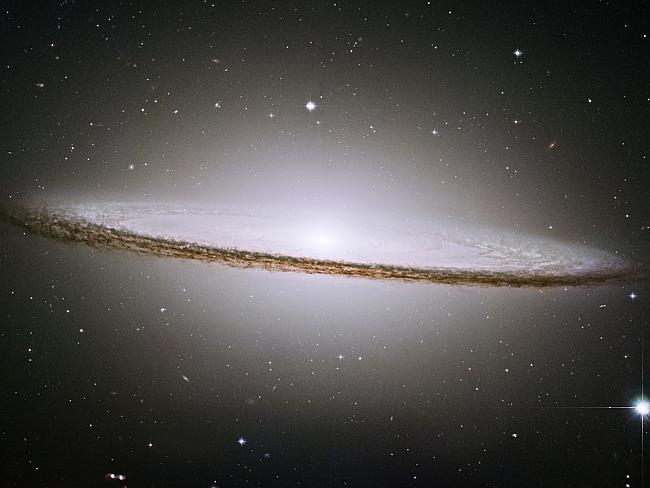
But an urgent Shuttle mission with a specially-designed "contact lens" soon solved that.
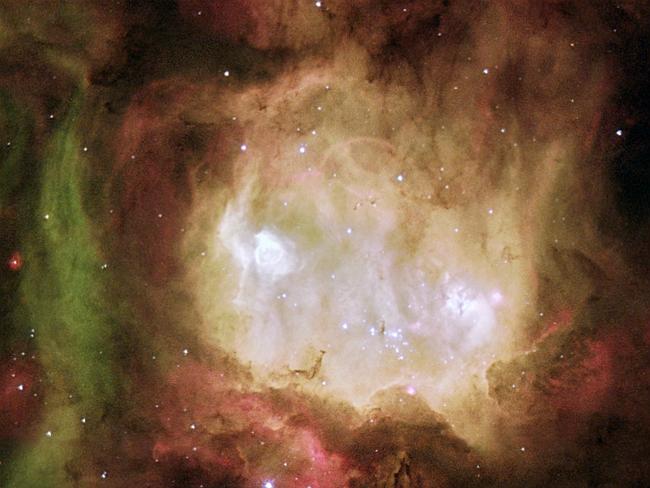
Since then, it has become an eye on the universe we have come to take for granted.
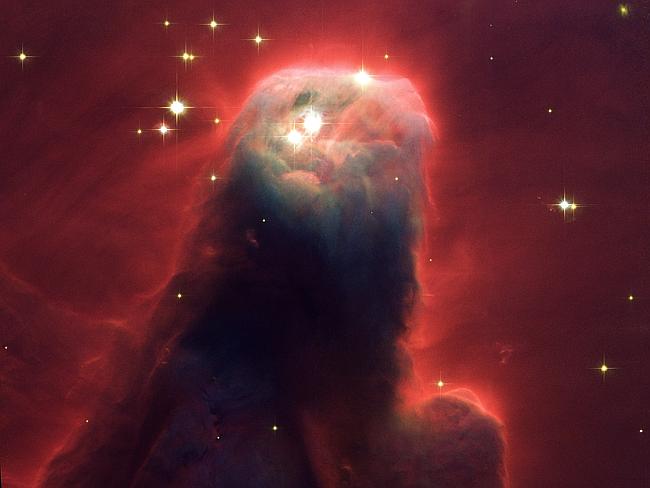
It was supposed to operate for 20 years. Twenty-three years later, it's successor is about to be launched - the billion-pixel space camera named Gaia.
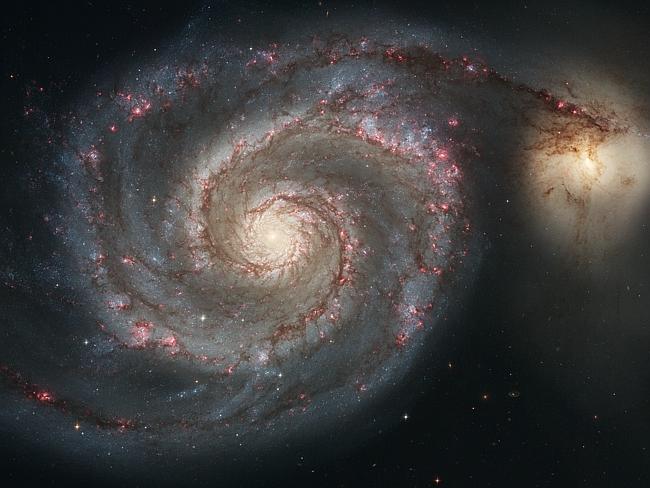
The new telescope has been tasked with mapping the Milky Way in greater detail than ever before. It'll also no doubt be taking a few close-ups to show off its extraordinary zoom.
Gaia is due to blast off from French Guiana tonight.

It will then spend five years orbiting around the Sun at a distance of 1.5 million km from the Earth.
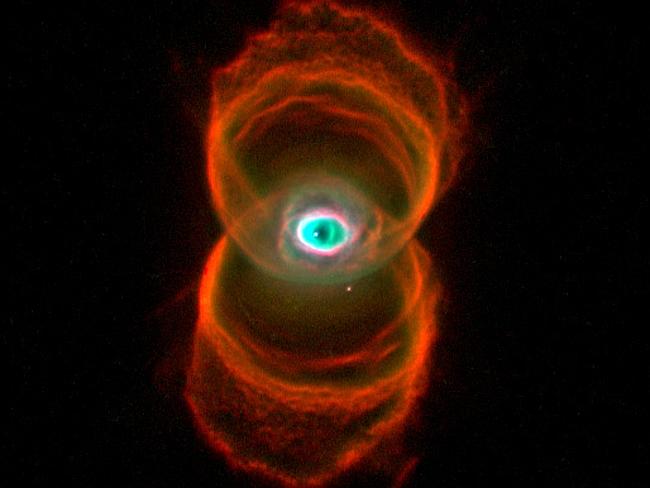
The $550 million European Space Agency (ESA) telescope is so sensitive that it could measure a person's thumbnail from the Moon. Another example is that it can see a human hair from 1000km away.
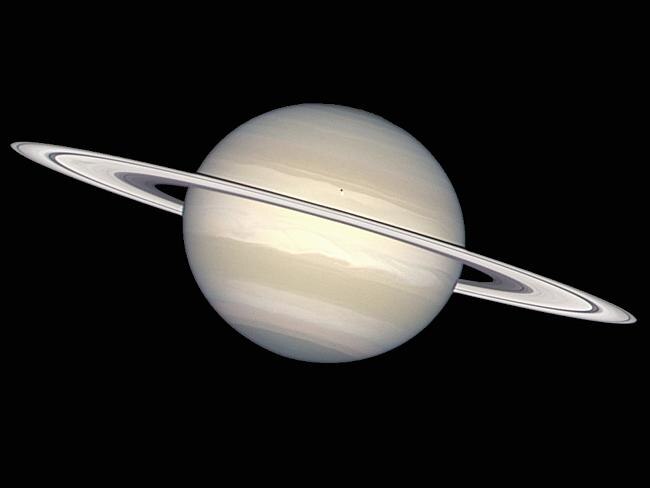
The spacecraft will spin slowly, sweeping its two telescopes across the sky and focusing their light simultaneously onto a digital camera.

Gaia's 'eye' is the largest ever sent into space and has the most sensitive set of light detectors ever assembled.
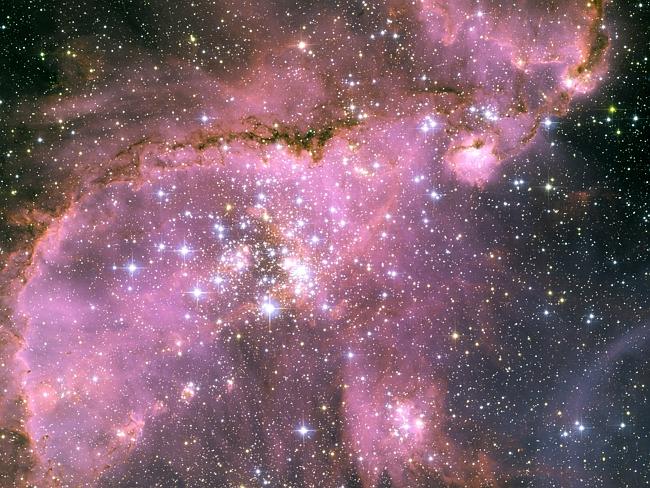
The mission's aim is to build a three-dimensional picture of our galaxy, measuring precise distances to a billion stars.
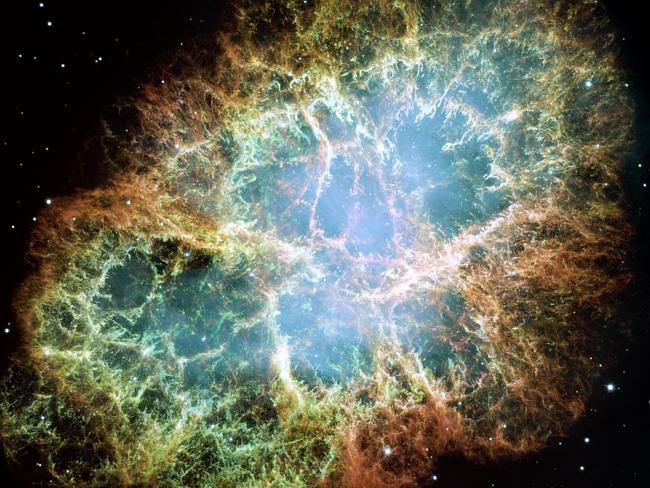
Even this is a small fraction of the Milky Way, as astronomers believe there are at least 100 billion stars in our galaxy.

"It can do it with incredible accuracy. It's the biggest camera ever put into space," said Ralph Cordey, head of science and exploration of the telescope's builder, Astrium.
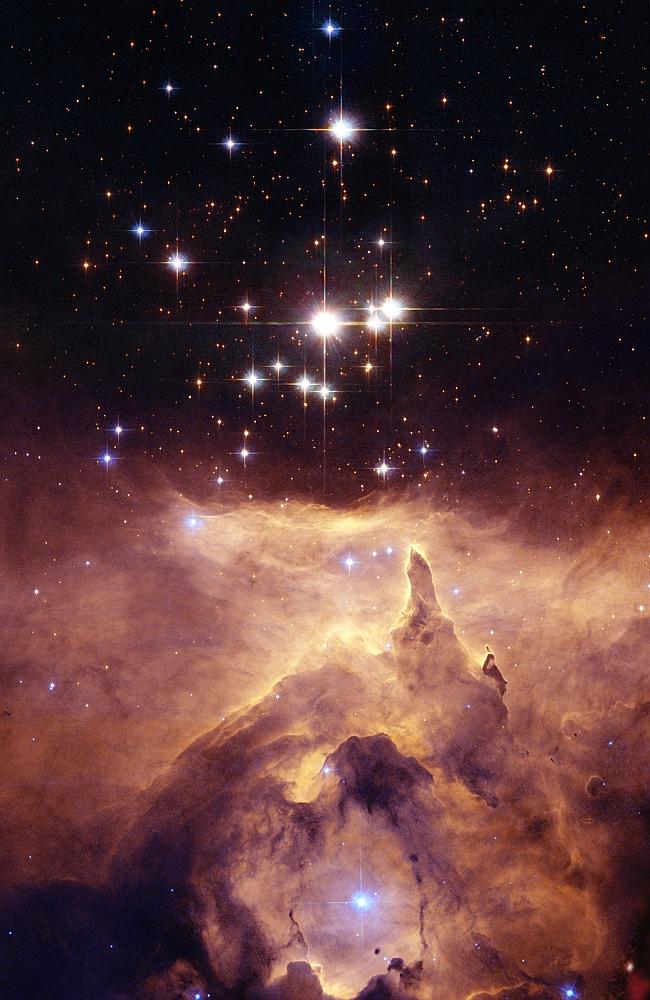
Another of Gaia's objectives is to help in the hunt for exoplanets - new worlds beyond our own solar system.
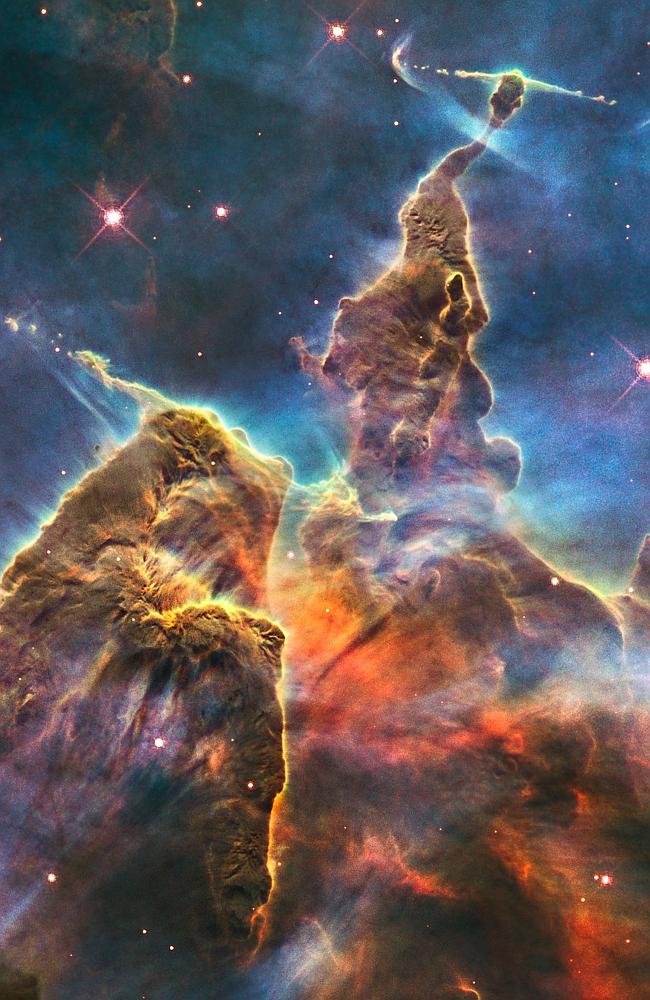
NASA's Kepler mission has so far confirmed the existence of 167 exoplanets with hundreds more being investigated, but Cordey anticipates Gaia will likely discover thousands of new planets, while further missions will be able to uncover more detail about them.
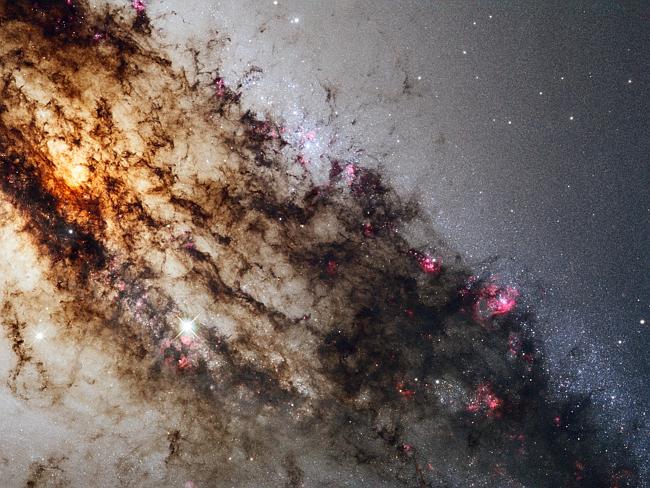
Once Gaia starts operations, around Easter, astronomers will have to contend with a flood of data.
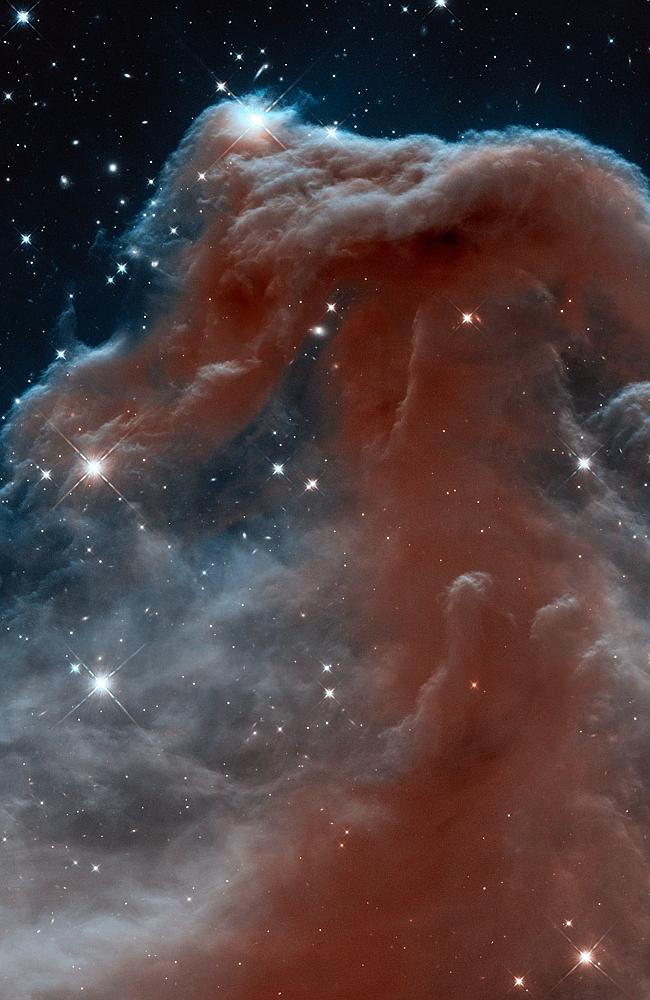
Even after being compressed by software, the data produced by the five-year mission is expected to fill over 30,000 CD ROMs.
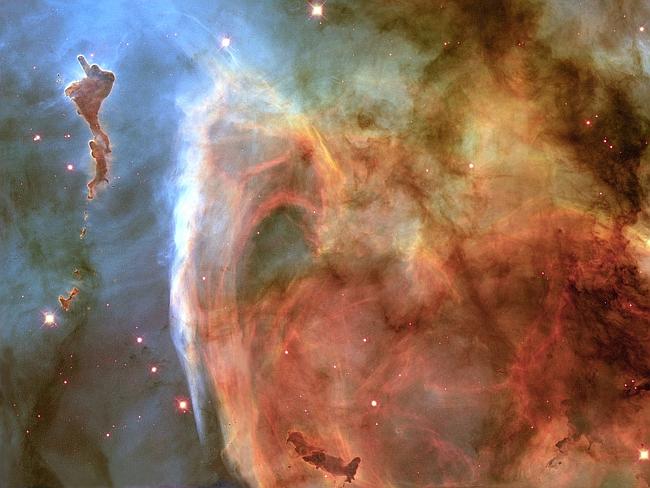
##

